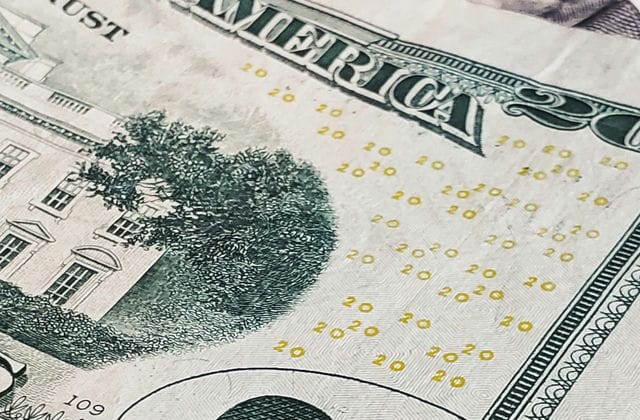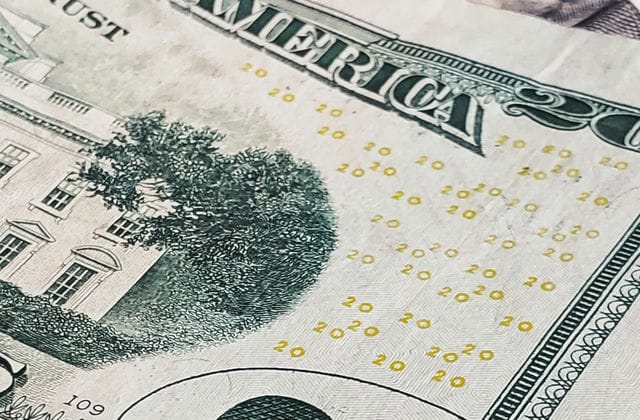The calculation of P/E ratio is: P/E ratio = market price of a stock / net assets per share.
The net value of a share is the sum of the company's capital, capital reserve, capital public benefit, statutory reserve, arbitrary reserve and undistributed surplus, which represents the common equity of all shareholders, also known as net assets. The better the operating performance of the company, the faster the appreciation of its assets and the higher the net value of its shares, and therefore the more equity the shareholders have.

Price to Earning Ratio (PE or P/E Ratio)
The price to earning ratio refers to the ratio of a stock's price to its earnings per share over a period of time (usually 12 months). Investors often use this ratio to estimate the value of a stock as an investment or to compare stocks of different companies using this indicator. The P/E ratio is often used as an indicator to compare whether stocks at different prices are overvalued or undervalued. However, the P/E ratio is not always accurate when used to measure the quality of a company's stock. It is generally accepted that if the P/E ratio of a company's stock is too high, then the stock is priced in a bubble and is overvalued. However, when a company is growing rapidly and its future earnings growth is very positive, the stock's current high P/E ratio may be an accurate measure of the company's value. It is important to note that when using P/E ratios to compare the value of investments in different stocks, these stocks must be in the same industry, as the companies' earnings per share are then relatively close to each other for the comparison to be valid.

P/E ratio = market price per share of common stock ÷ earnings per share per year of common stock.Earnings per share is calculated by dividing the net income of the company for the last 12 months by the total number of shares sold in issue. A lower P/E ratio means that investors are able to buy shares at a lower price in return. Assuming a stock has a market price of $24 and earnings per share for the past 12 months are $3, the P/E ratio is 24/3 = 8. The stock is considered to have a P/E ratio of 8 times, i.e. $1 of earnings for every $8 paid. The P/E ratio is calculated by investors and is mainly used to compare the value of different stocks. Theoretically, the lower the P/E ratio of a stock, the more worthwhile the investment. Comparing P/E ratios across industries, countries and time periods is not very reliable. It is more practical to compare the P/E ratios of similar stocks.





























